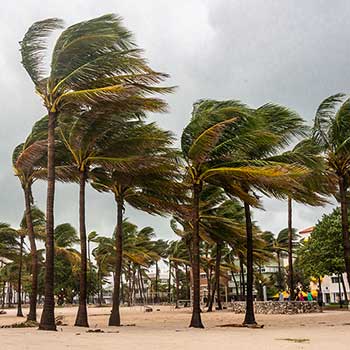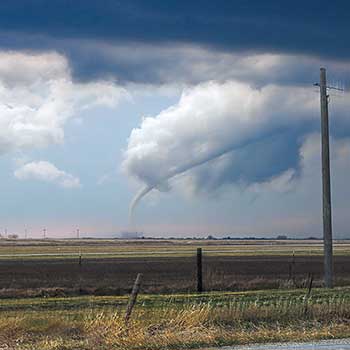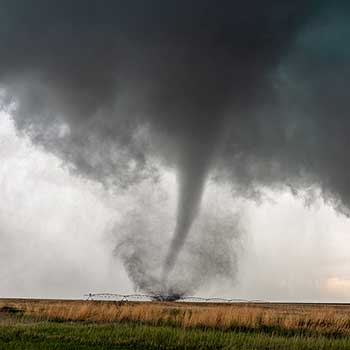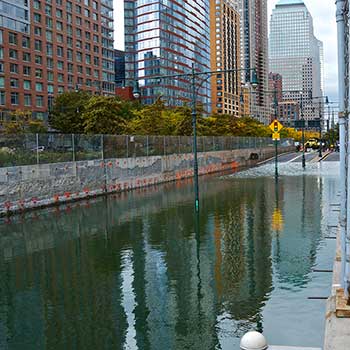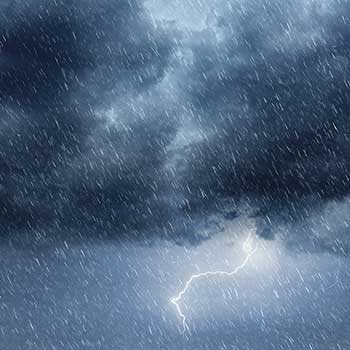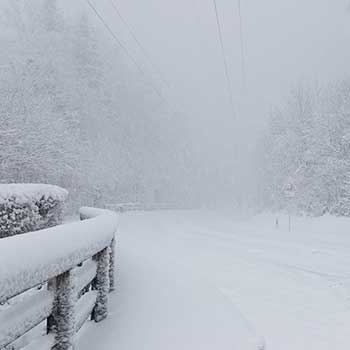It’s just as important to understand what your homeowner’s insurance policy doesn’t cover as compared to what it does cover. For example, policies may specifically exclude certain types of loss. Homeowner’s insurance also doesn’t cover normal wear and tear or pre-existing damage.
Is It an Exclusion or a Limitation of Coverage?
If your homeowner’s insurance policy is clear and concise, congratulations! You won’t have any trouble understanding what your policy covers, and what it doesn’t. But unfortunately, it’s not always apparent whether a particular clause is an exclusion or a limitation of coverage.
An exclusion is a statement that describes a type of loss not covered under your insurance policy. For example, your policy might cover fire damages but exclude damages arising from a fire you intentionally set. It might also specifically exclude losses arising from improper maintenance or neglect and pre-existing conditions (see below).
Insurance coverage is subject to limits. Your policy will cover damage caused by an unforeseen fire, but only up to a certain amount. And in most cases you’ll have to pay a deductible (a specified amount of money that you have to pay before your insurance company will pay a claim) before your insurance benefits kick in.
Wear and Tear
Insurance is designed to protect you from sudden and unforeseen losses, like when your house catches on fire or a tornado rips through your yard. Normal wear and tear is not covered under homeowner’s insurance. After all, if you’ve lived in the same house for 30 years, odds are that you’ll need to make some repairs.
Similarly, insurance doesn’t cover losses arising from neglect. You are responsible for taking care of your own home.
Pre-existing Damage
Most homeowner’s insurance policies explicitly exclude coverage for pre-existing damages. For example, if you buy an insurance policy after your roof sustains hail damage, the insurance company won’t pay for that damage. This prevents homeowners from waiting to purchase insurance until their property has been damaged.
What Else Doesn’t My Insurance Policy Cover?
Other examples of things that your insurance policy might not cover include:
- Your policy likely won’t cover the cost of removing felled trees, unless they hit the house or another covered structure (such as a shed or fence).
- Standard homeowner’s insurance policies cover occupied homes. If your home is vacant (like if you’re trying to sell it, or if you haven’t moved in yet, or if you own it only for investment purposes), you should consider another insurance option.
Your policy probably doesn’t cover damage caused by surface water runoff. For example, if water tends to pool in a particular area of your yard it may seep into the structure of your home. If you notice such pools you should contact a landscaping contractor, landscape architect or civil engineer.
Let Us Help You Today
Insurance litigation is often complex, which is why you should always consult with an experienced insurance attorney when coverage disputes arise. The Insurance Litigation Group will make sure you understand the terms of your policy, can establish the validity of your claim and help you recover for the value of your loss. Contact us today in Florida for a free consultation.
Resource:
leg.state.fl.us/Statutes/index.cfm?App_mode=Display_Statute&Search_String=&URL=0600-0699/0627/Sections/0627.7011.html

